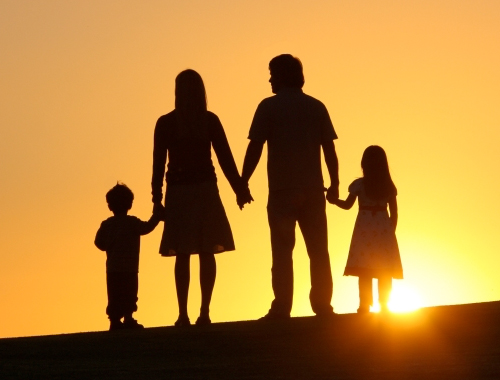Data Connections Activity
13.1 Synopsis1 of 5
Welcome
Family Structure in the United States and Around the World
Featuring an interactive world map, this activity examines the different types of family structures in the United States and in several other countries throughout the world.
Click the 'Get Started' button below to start this activity

13.2 Family Structure in the United States and Around the World2 of 5
Family Structures in the United States
Although nearly two-thirds of all school-age children in the United States live with their two married parents, many other family structures also exist. Click on the family types below to review their characteristics.
13.3 Family Structure in the United States and Around the World3 of 5
Family Structure in the United States and Around the World
Although family function is more important for children than family structure, that does not mean structure is irrelevant. Structure influences function. And, as with most aspects of development, there is much variation in family structure throughout the world. The map below illustrates this and provides additional detail about family structure types in the United States.
CLICK ON A COUNTRY TO VIEW THE AVAILABLE DATA ON FAMILY STRUCTURE FOR THAT NATION.
13.4 Family Structure in the United States and Around the World4 of 5
Family Structure in the United States and Around the World

13.5 Activity Completed!5 of 5
Congratulations! You have completed this activity.
REFERENCES
U.S. Census Bureau. (2020). America’s families and living arrangements: 2020. Washington, DC: U.S. Department of Commerce, Economics and Statistics Administration, U.S. Census Bureau.
Child Trends. (2015). World family map 2015: Mapping family change and child well-being outcomes. Bethesda, MD: Child Trends.
Statistics Canada. (2013). Table 2: Distribution (number and percentage) and percentage change of census families by family structure, Canada, provinces and territories, 2011. Government of Canada.
U.S. Census Bureau. (2016, November 17). Living arrangements of children under age 18.
U.S. Census Bureau. (2013a). America’s families and living arrangements: 2012. Washington, DC: U.S. Department of Commerce, Economics and Statistics Administration, U.S. Census Bureau.